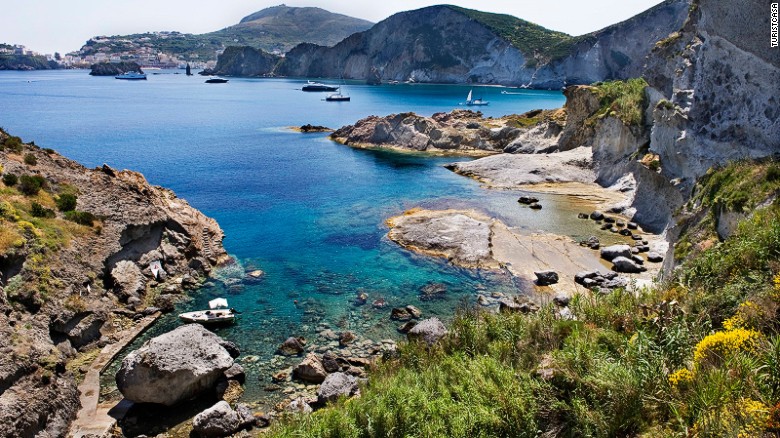Because "Made in Italy" should only mean matter-of-factly what it means, but through the years the concept has been stretched. to the point that sometimes the Country of origin is not the same where the entire process is conducted and terminated. And that's not fair, it's confusing, misleading, inflicts turbulences in the supply chain that feed more the knock-off, fast-fashion industry. Who loses is who plays by the rules.
The Camera Nazionale della Moda Italiana hosted "Crafting the Future of Fashion" ( #SUMMITCNMI2016 ) a summit in which future, sustainability and digital have been discussed. What’s the vision, plan, prospects for the future, for the new generation of designers and the established ones that, by the way, are going strong. Did you know that Pitti and Milan Fashion Week are the strongest man fashion week in the world?
Status, luxury, quality, craftsmanship, durability, heritage, Made in Italy is also fantasy, perception and traceability.
Sustainability finally came into play. Livia Firth of Eco-Age said in an empowering keynote speech: “the quality of its design and the skills of its people […] that uniquely differentiate Italy the Brand.” Made in Italy has to protect the heritage of its unique design as well as consider protection and respect for the environment and “social justice in the supply chain”.
What’s sustainability?
According to a research conducted on 3000 Millennials and presented at the summit, it’s related to words like recycle, green, durability, innovation, transparency. Sustainable fashion is a system that survives on its own based on two pillars limited environmental impact (carbon footprint) and social responsibility.
What’s Made in Italy if not all that?
We have huge corporations and small to mid-size companies thriving to transmit the crafts from generation to generation with an eye on tradition and the other on innovation, there’s no copying and infringing intellectual property, it's all about creating, experimenting, proposing; operating machineries and techniques are learned with practice and skills mastered by watching the experts. Traceability: we know where materials come from, or it wouldn’t be Made in. And, because it’s made with love, passion, not disposable nor knocked-off clothing, at the end of the chain we choose it because we appreciate its nature, lines, design, details, we take good care of it and certainly give it at least 30 wears.
On second thoughts: Made in Italy has always been sustainable, it is that now we have to introduce the concept and the label because we are living in a fast-fashion induced world in which buying-wearing-tearing-throwing-away is a 3-month cycle.














